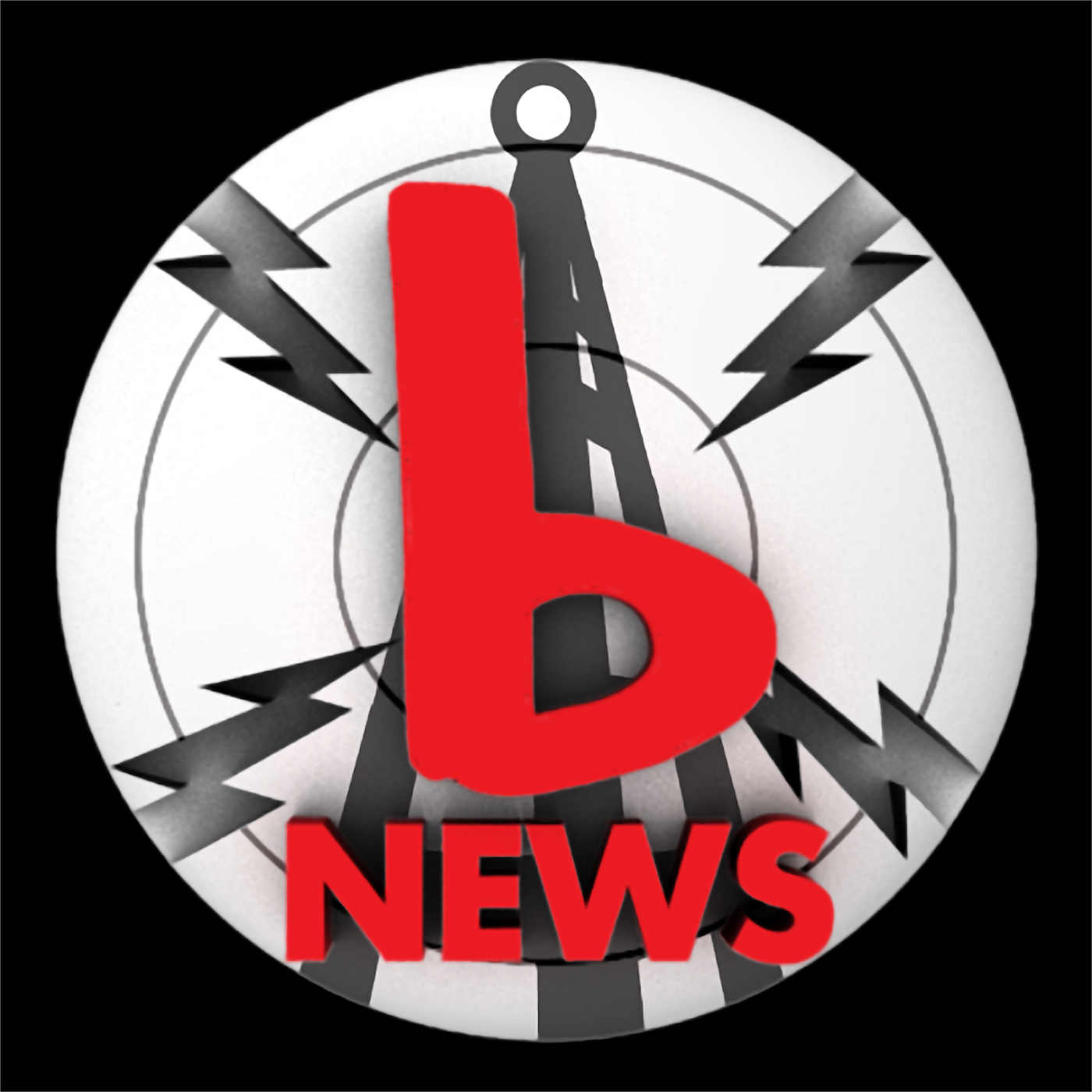

- #Easybee for window restiction drivers
- #Easybee for window restiction driver
- #Easybee for window restiction full
#Easybee for window restiction full
The MRU will contact you with information, requirements and instructions.ĭo you need a hearing aid or full view mirror while operating a motor vehicle?

If you answer yes to this question, you must send Physicians Statement for Medical Review Unit (PDF) (MV-80U.1), completed by a qualified doctor, to DMV’s Medical Review Unit (MRU). Have you had, or are you currently receiving treatment or taking medication for any condition which causes unconsciousness or unawareness such as convulsive disorder, epilepsy, fainting or dizzy spells, or heart ailment?
#Easybee for window restiction driver
The information below explains what happens if the driver answers "yes" to the question.
#Easybee for window restiction drivers
How a medical condition can affect your driver licenseĪll drivers are required to answer the following questions when they apply for or renew their driver license. If the driver later does not need telescopic lenses, they can submit a new form MV-80L to remove the restriction.ĭaylight driving only - If an eye care professional indicates that vision at night will be impaired, a "DAYLIGHT DRIVING ONLY" restriction is added to driver license. The Medical Review Unit (MRU) adds the restriction to the driver record. A driver who needs telescopic lens to pass a driver license vision test must complete an Eye Test Report for Medical Review Unit (PDF) ( MV-80L). Telescopic lenses - Telescopic lenses are corrective lenses that are much more powerful than normal eyeglasses or contact lenses. If a driver has surgery and no longer needs corrective lenses, this restriction may be removed. A driver who needs eye glasses or contact lenses to pass the vision test receives a "corrective lenses" restriction. For example, a driver who must wear corrective lenses has the words "CORRECTIVE LENSES" listed under "RESTRICTIONS".Ĭorrective lenses - All drivers must pass a vision test administered by DMV or must supply proof that they passed a vision test given by a qualified vision care professional. If there is a restriction on your driver license, an explanation of the restriction is printed on the back of your license document. There are also restrictions on the time of day the driver can drive, like a restriction that allows driving only during daylight hours. For example, there are restrictions that require drivers to use a hearing aid or a prosthetic device when they drive. There are restrictions that require the use of a device that assists a driver who has a physical or mental condition. This restriction requires the driver to wear eyeglasses or contact lenses when driving, and it is a violation of the law if the driver fails to wear corrective lenses. For example, the most common driver license restriction is the "corrective lenses" restriction. A restriction on your driver license limits when you can drive or requires that you meet specific conditions when you drive. Drivers of any age can have driver license restrictions. To a great degree, driving privileges are based on your physical ability to drive.


 0 kommentar(er)
0 kommentar(er)
